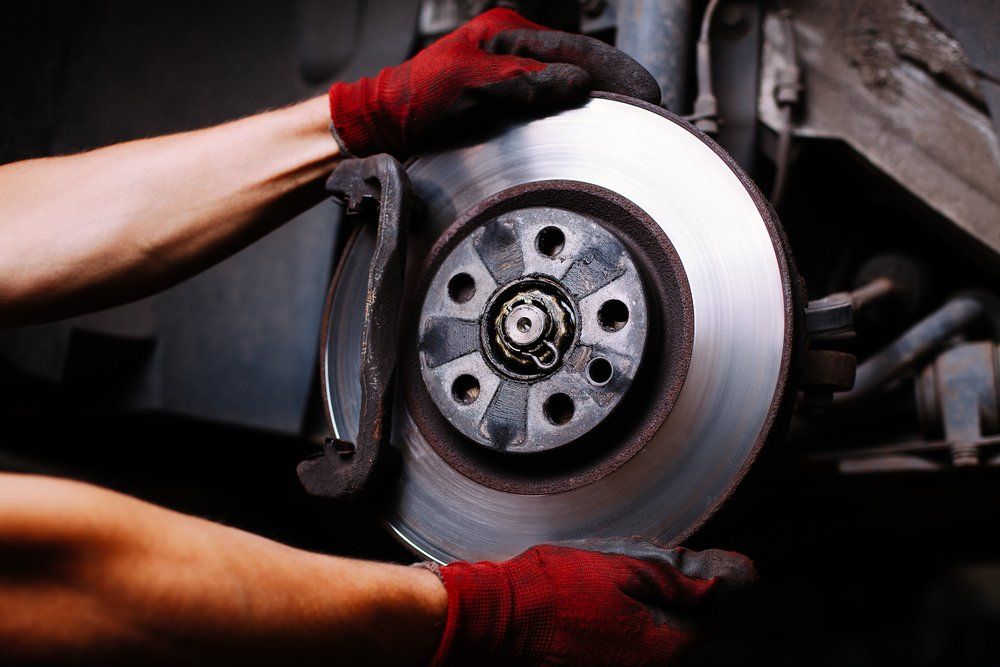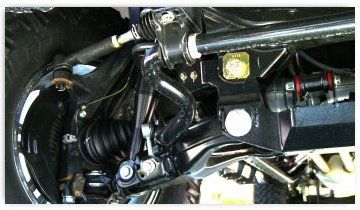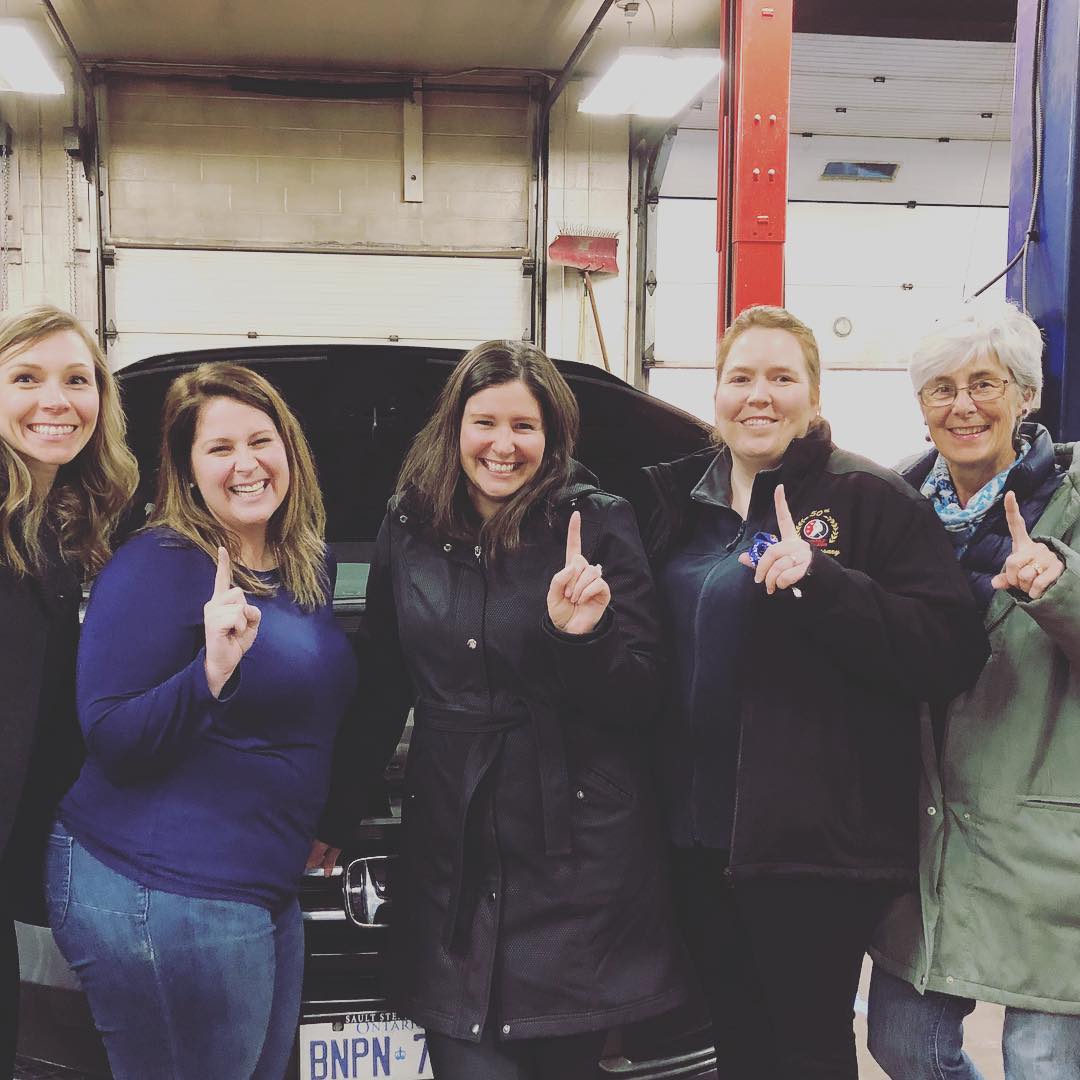Disc Brake Repair & Maintenance
- By Classic Automotive
- •
- 03 Aug, 2018
- •

Now pads just wear away with use – kind of like a pencil eraser wears out. The good news is that replacing brake pads is a straight-forward repair.
If you hear squealing or grinding when you use the brakes, have your service advisor check them out. He'll have a technician perform a thorough brake inspection to see what needs to be done. He'll check for signs of brake problems and go over other brake components to see that they're working properly.
He can tell you if it's time to replace the pads or if there are other issues with your brakes that should be addressed. Some people ignore the warning signs and keep driving long after the pads are completely worn out. When that happens, metal brake components will grind on the rotor, damaging it enough that it needs to be resurfaced or replaced.
Rotors can also warp or crack, in which case they'll need to be replaced. Brake calipers also wear out over time. They can develop leaks or the caliper pistons can freeze open or closed – either way it's not good. When this happens it's time to replace the calipers. A thorough brake inspection will reveal worn bearings or seals as well.
The new pads we put on your vehicle will restore your brakes to manufacturers' specifications. Or, we can install upgraded parts to increase your stopping power and reduce brake noise and brake dust. We have several options to meet your braking requirements and your budget.
Taking care of your brakes keeps them working safely – and you could prevent premature brake repairs down the road.

Today we're talking about suspension integrity. Your skeletal structure provides the framework to hold up your body weight. Your joints cushion you as you walk and allow you to change direction. Your auto suspension system is similar: It bears the weight of your vehicle, controls the vehicle as you steer and absorbs bumps in the road.
Car suspension parts, like the bones in your body, are connected by joints that allow all the components to move as they should. Over time the suspension starts to become loose and the joints wear. Your suspension will stop operating as it should in turn reducing proper tire contact with the road. Running over a pothole, getting into an accident or hitting a curb can also damage or break auto suspension components.
Have you ever hurt your foot? Think about how you walk afterwards in an effort to keep from putting pressure on it. Overcompensate with a limp long enough and your ankle, knee, hip and even your back will start to hurt from the strain. The same thing happens in your car. When one joint or part is worn or damaged: it will stress everything else and can cause premature wear to the entire system.
Signs of suspension problems include vibration, uneven tire wear, pulling to one side, rattles or other strange noises.
If you think you may have a suspension problem, ask your NAPA AutoCare service advisor for an inspection of your suspension system. Have them check your alignment while they're at it. Request an auto repair quote and take care of any damaged or worn suspension components before they lead to future damage and more costly repairs.







